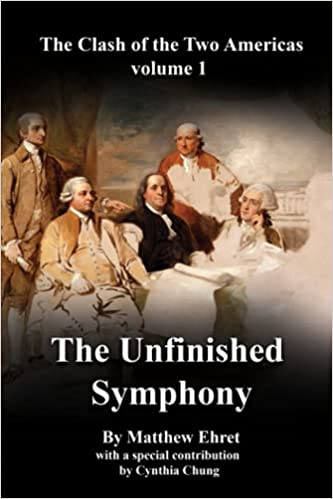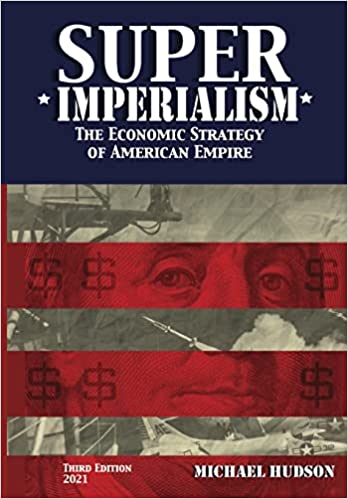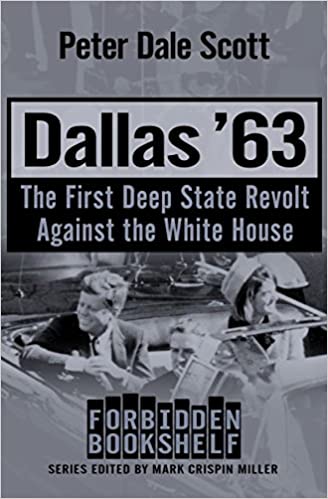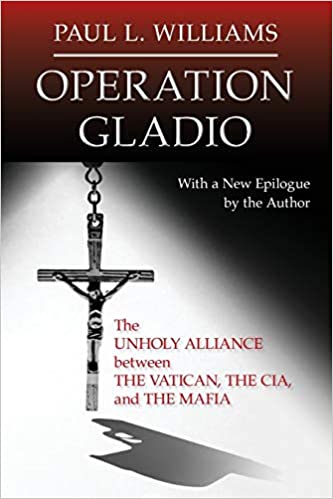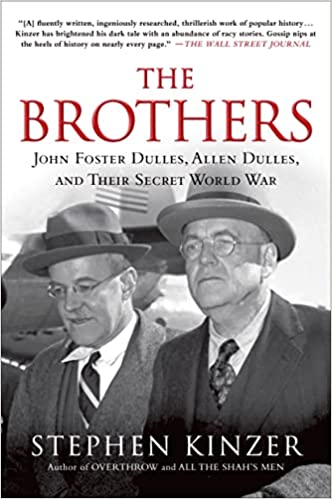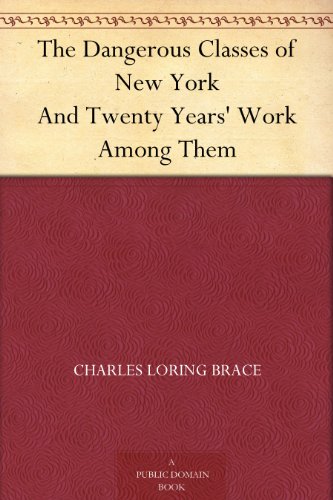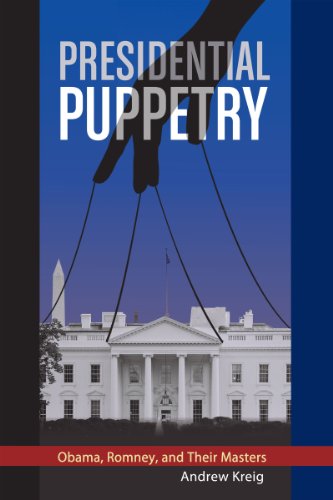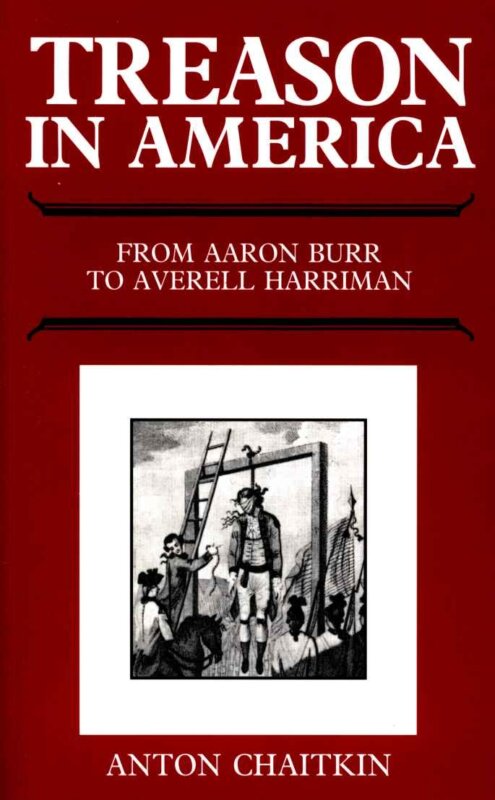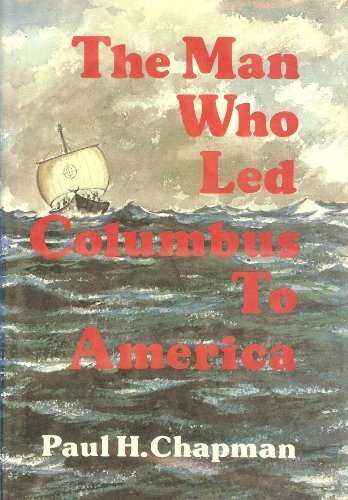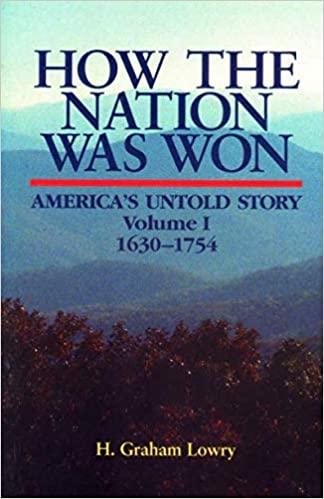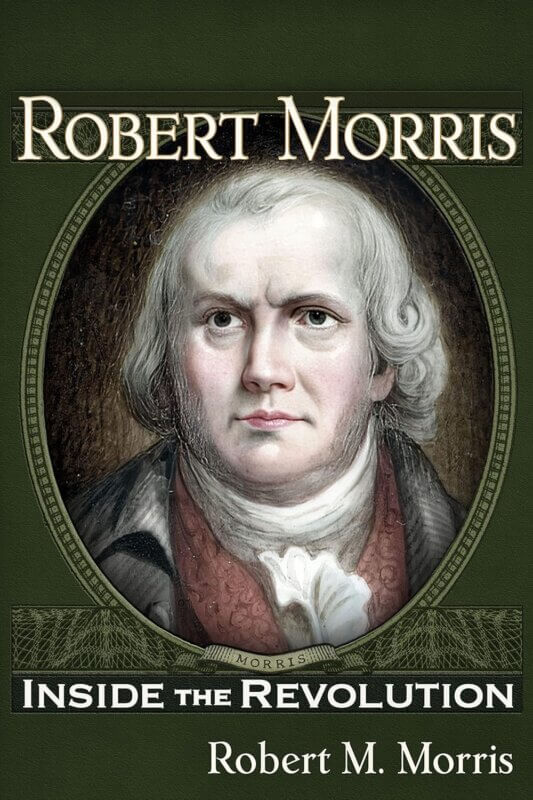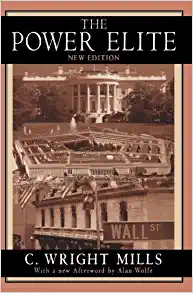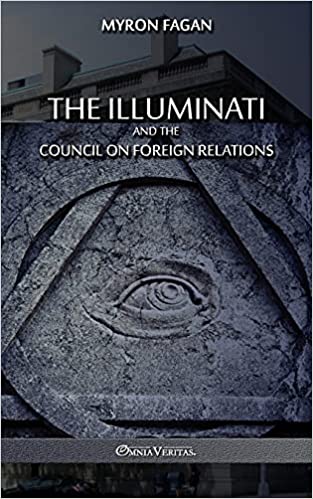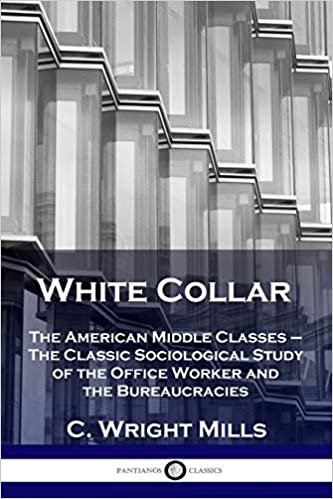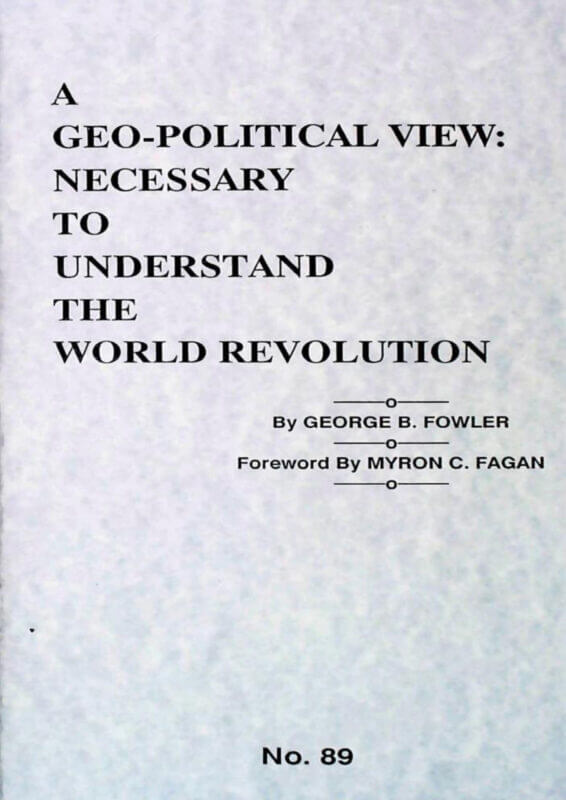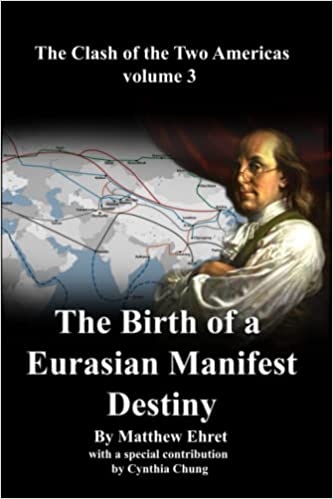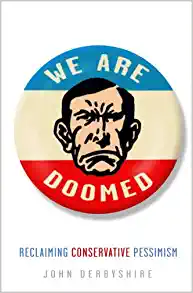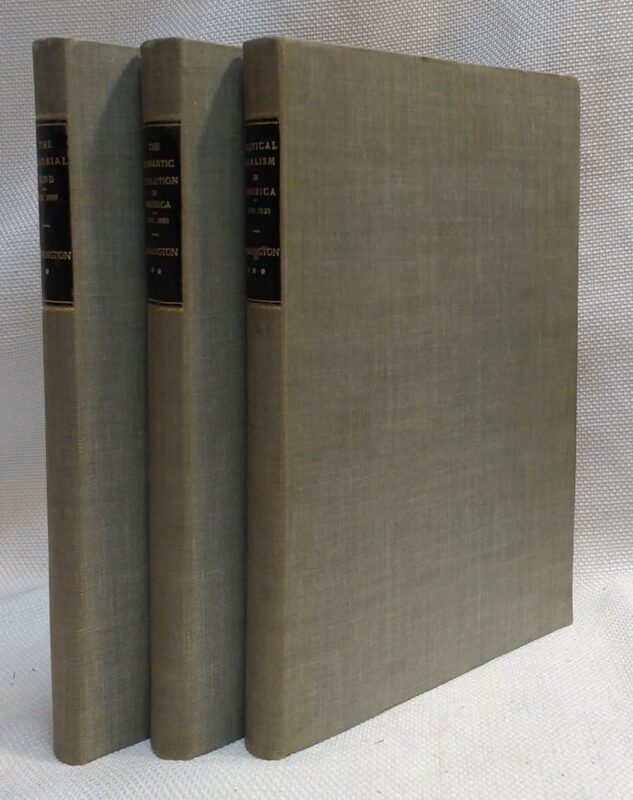
Parrington defined the three phases of U.S. history as Calvinistic pessimism, romantic optimism, and mechanistic pessimism, with democratic idealism as the main driving force.
Parrington defended the doctrine of state sovereignty, and sought to disassociate it from the cause of slavery, claiming that the association of those two causes had proven "disastrous to American democracy," removing the last brake on the growth of corporate power in the Gilded Age as the federal government began shielding capitalists from local and state regulation.
For two decades Main Currents in American Thought was one of the most influential books for American historians. Reising (1989) shows the book dominated literary and cultural criticism from 1927 through the early 1950s. Crowe (1977) calls it "the "Summa Theologica of Progressive history." Progressive history was a set of related assumptions and attitudes, which inspired the first great flowering of professional American scholarship in history. These historians saw economic and geographical forces as primary, and saw ideas as merely instruments. They regarded many dominant concepts and interpretations as masks for deeper realities.



